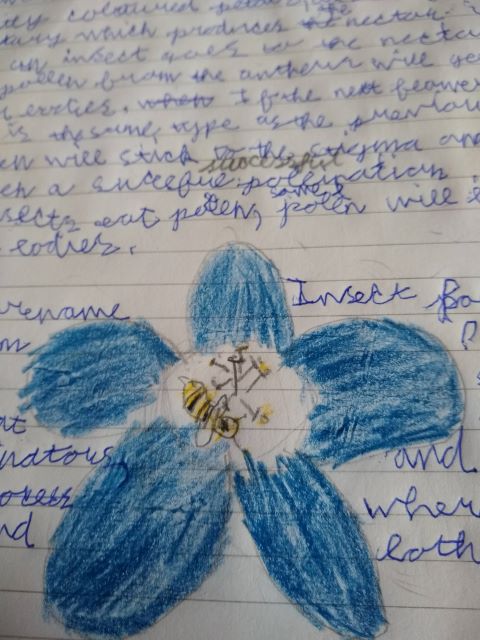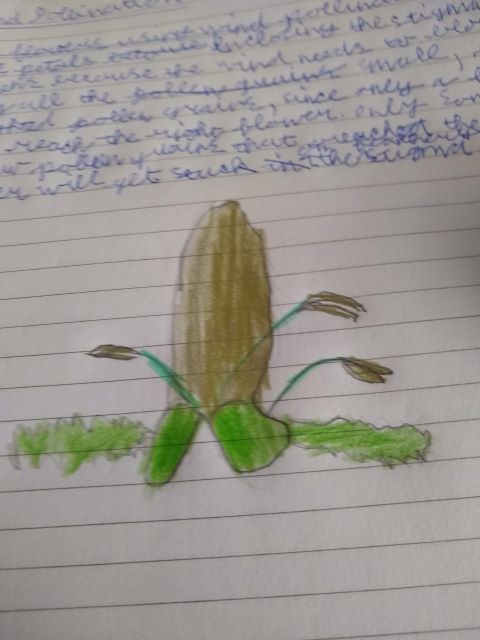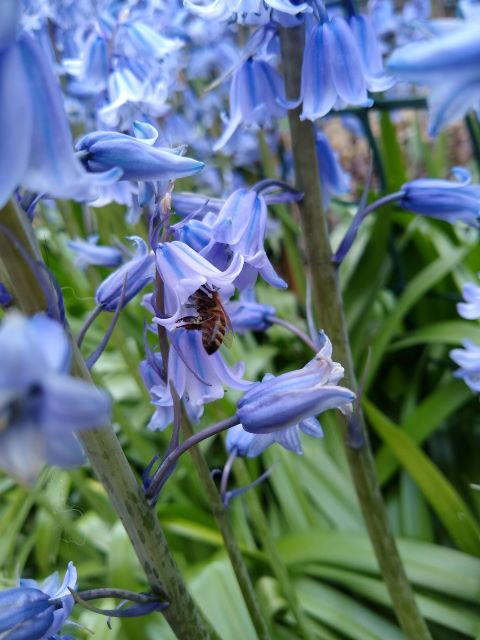During the last two days, I have written a piece of work about pollination. Here is my work:
Pollination is where a pollen grain from a plant reaches the stigma of a plant to reach the ovules. This can happen using the same flower or plant during self-pollination. During cross-pollination, two separate plants of the same species are used. There are two strategies for pollination: insect pollination and wind pollination.
Insect Pollination
Flowers have three ways of attracting insects: brightly coloured petals, a strong scent and the nectary which produces the nectar insects eat. When an insect goes to the nectary some of the pollen from the anthers will get stuck to its body. If the next flower the insect visits is the same type as the previous one, the pollen will stick to the stigma and there will have been a successful pollination. Even though some insects eat pollen, some pollen will be able to stick to their bodies.
I would rename insect pollination to mutualism pollination because some species of bird, bat and lizard are pollinators, and mutualism is when two organisms interact and both benefit.

Wind Pollination
The flowers using wind pollination don’t have petals enclosing the stigma and stamens because the wind needs to blow away all the small, light-weighted pollen grains, since only a few will reach the right flower. Only some of the few pollen grains that reach the right flower will get stuck on the feathery stigma.


